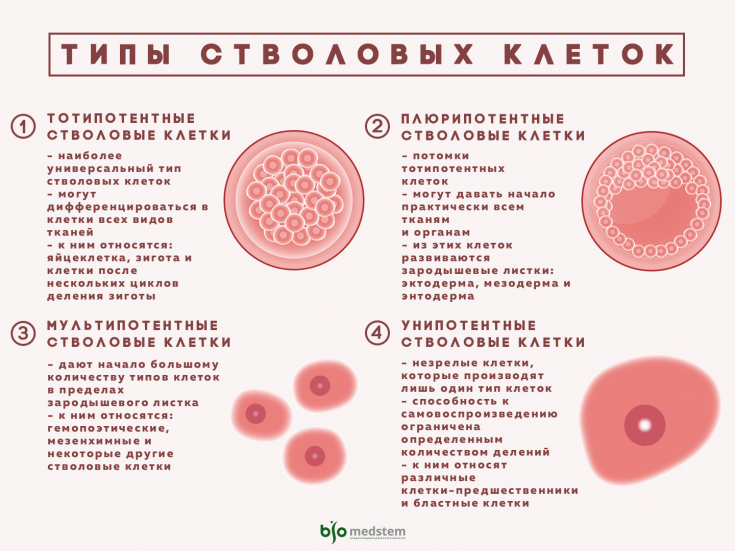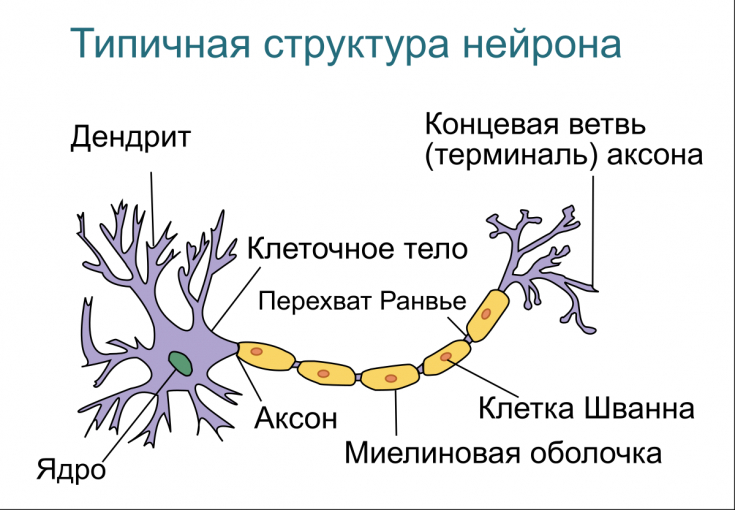Melanocyte stem cells (McSC) are undifferentiated melanocytic cells of the mammalian hair follicle responsible for the re-creation of a large number of differentiated melanocytes throughout life.
Their analogs in human skin may be useful for neurons that require remyelination, which opens up new therapeutic possibilities for the treatment of demyelinating diseases and traumatic nerve injuries.
In the article estet-portal.com you can read in detail the results of the study, which reveals the prospect of using skin melanocyte stem cells for therapeutic purposes.
Pigmented stem cells can restore an important part of the nervous system
Neurodegenerative diseases such as multiple sclerosis (MS) affect millions of people worldwide and occur when part of the nervous system loses function over time. Researchers have found that a type of skin-related stem cell can be used to regenerate myelin sheaths, a vital part of the nervous system associated with neurodegenerative disorders.
Watch the most interesting videos on our channel in Youtube
Research shows that skin-related stem cells can restore myelin sheath formation in mice.
The discovery of these types of stem cells is significant as they may offer a simpler and less invasive alternative to the use of embryonic stem cells.

The uniqueness of melanocyte stem cells — ability to share
This study expands the possibilities of identifying human skin stem cells that can be isolated, expanded and used for therapeutic purposes.
Using a mouse model, the research team found a way to identify a specific version of the cell, known as the melanocyte stem cell. These are the precursor cells of the skin cells and hair follicles that produce the melanin pigment that determines the color of the skin and hair.
Melanocyte stem cells have the ability to continue dividing without restriction, a feature not seen in other healthy cells in the body. In addition, the researchers found that these stem cells can create different types of cells depending on the type of signals they receive.
Isolation of skin stem cells for new treatments
It is important to note that, unlike embryonic stem cells, which must be harvested from the embryo, melanocyte stem cells can be harvested in a minimally invasive way from the skin.
Using a protein marker that is found only in these specialized cells, the research team was able to isolate this rare population of stem cells from most of the cells that make up the skin.
In addition, they found that there are two different types of melanocyte stem cells.
Under the right conditions, melanocyte stem cells can function as cells that produce myelin, the main component of a structure known as the myelin sheath that protects neurons and is vital for the function of the nervous system.

Some neurodegenerative diseases, such as multiple sclerosis, are caused by the loss of these myelin-producing or glial cells, which eventually leads to irregular neuronal function and disruption of the nervous system.
Genetic research provides new insight into the evolution of skin color
Melanocyte stem cells create myelin around demyelinating neurons
The researchers grew melanocyte stem cells with neurons isolated from mice that could not produce myelin. They found that stem cells behaved like glial cells under these conditions.
These cells eventually formed a myelin sheath around the neurons that resembled the structures of healthy nerve cells.
When they took this experiment on a larger scale, in a real mouse, the researchers found that mice treated with these melanocyte stem cells had myelin sheath structures in the brain, unlike untreated mice, which lacked these structures.
This research holds promise for the treatment of serious neurodegenerative diseases that affect millions of people each year.
Thank you for staying with estet-portal.com. Read other interesting articles in the "Plastic Surgery" section. You may be interested in Melanocyte Transplant — successful treatment for vitiligo







Add a comment